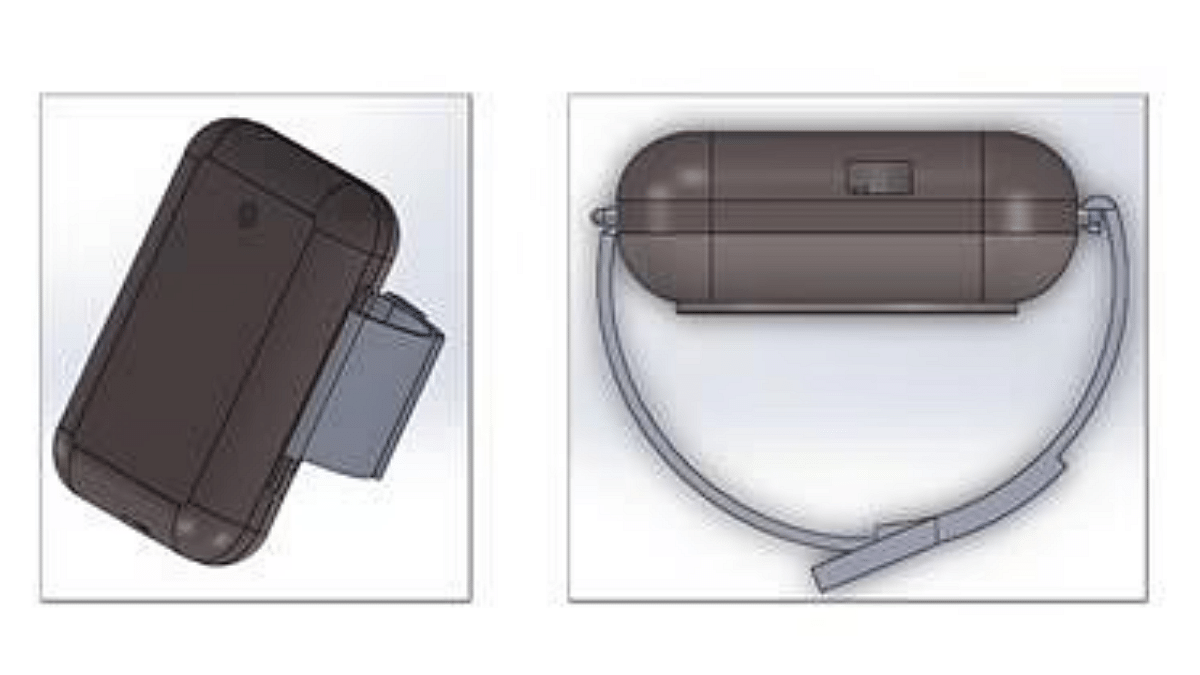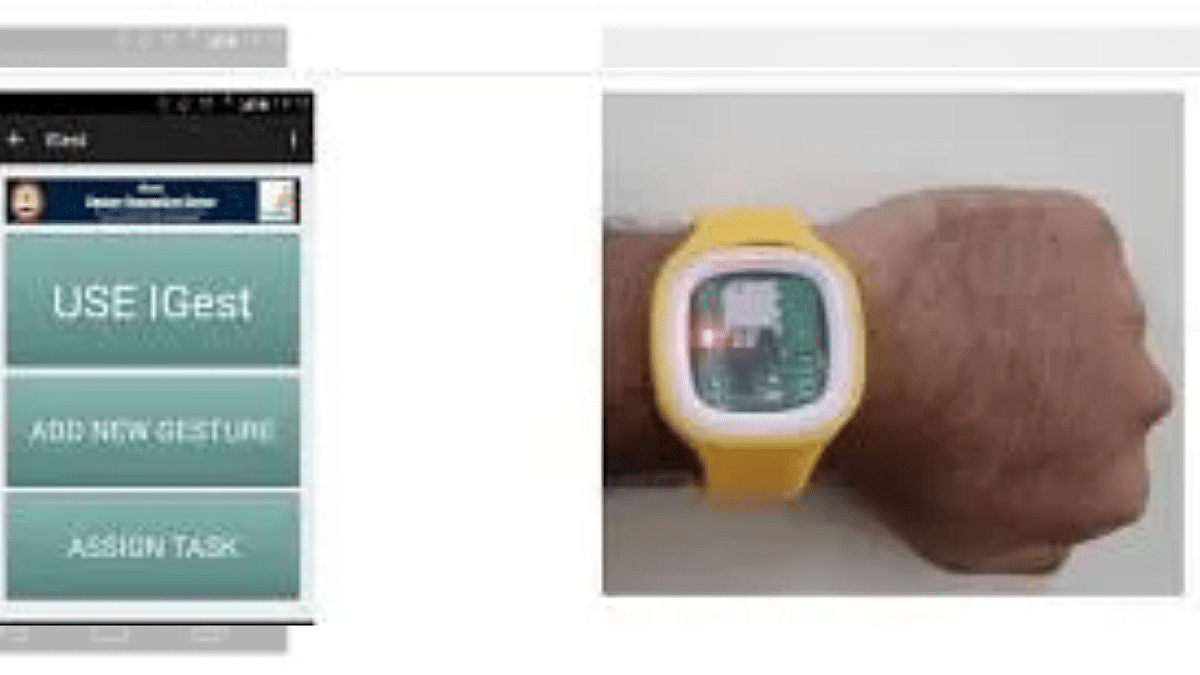New Delhi: The Indian Institute of Technology Madras has announced a breakthrough in making assistive devices more affordable for students with hearing and motor disabilities, like cerebral palsy.
One device helps hearing-impaired persons by vibrating in different ways when it detects different sounds nearby. The other detects motions like hand gestures made by people with limited motor skills, and converts these into audio output to communicate with others.
The devices were announced in a press note issued by IIT Madras on 2 December, a day ahead of the International Day of Persons with Disabilities.
Such assistive devices were already on the market, but the researchers at the institute worked to make them better and more affordable for India, said the press note. Both new devices are priced at under Rs 5,000.
To enhance the devices’ capabilities, the researchers have included sensors that can connect with other devices via the internet. Such sensor technology is used in Internet of Things (IoT) devices.
Using IoT sensors can make assistive devices smarter. The device software can improve its functionality based on data inputs received via the sensor from the person wearing it, as well as from other devices connected to it. This will make the devices more useful and help make life easier for the person with a disability.
Also read: India must build, re-build its courts for disabled. Judicial infra key to justice delivery
Wearable, phone-controlled devices
The two devices are ‘Vibe’, for the hearing-impaired, and ‘iGest’, to counter motor disabilities. Both are wearable devices that can connect to a mobile phone via Bluetooth so the device can be controlled through the phone. Both devices work on rechargeable batteries.
Vibe is a compact device worn like a wristwatch. It vibrates when it detects sounds near the wearer. It is programmed to recognise several kinds of sounds using a microphone and voice recognition. In this way the device, through vibrations, can alert a hearing-impaired person to sounds like a doorbell, an alarm, or a crying child.

For each of the pre-identified sounds that Vibe is programmed to recognise, it will emit a vibration customised to that sound. The device also has LED lights that will blink to alert its user to the sounds.
The device called iGest is designed to ease challenges that people with cerebral palsy deal with, like speech impairment and motor impairments.
iGest is designed to detect movements such as hand gestures of people with limited motor skills, and then convert those gestures into audio output through a smartphone so that the person can communicate with those around them.

iGest is aimed at catering to the 20 per cent of the Indian population living with a long-term motor disability, as well those suffering from short-term impairments due to strained muscles and bad posture, the IIT .
Affordable and sustainable alternatives
The devices were developed at IIT Madras’ Centre for Rehabilitation Engineering and Assistive Technology (CREATE), which focuses on developing products locally at low cost so that they are affordable for more Indians.
The device development project was funded by Sony Pictures Networks India.
“Due to the non-availability of affordable and sustainable assistive devices and systems, the hearing-impaired are excluded from the mainstream and inclusive education. Also, the imported devices cannot be afforded by most people,” Prof. Anil Prabhakar, head of CREATE and a faculty member of the electrical engineering department, was quoted as saying
“The cost of each of the products is kept low and to be less than Rs. 5,000 so that it is an affordable device for its basic functionality. The advance of technology and the advent and availability of low-cost microcontrollers and sensors allows us to come up with this unique low-cost device,” he added.
Also read: How do visually challenged Indians confirm they voted on right button? EVMs need upgrade



